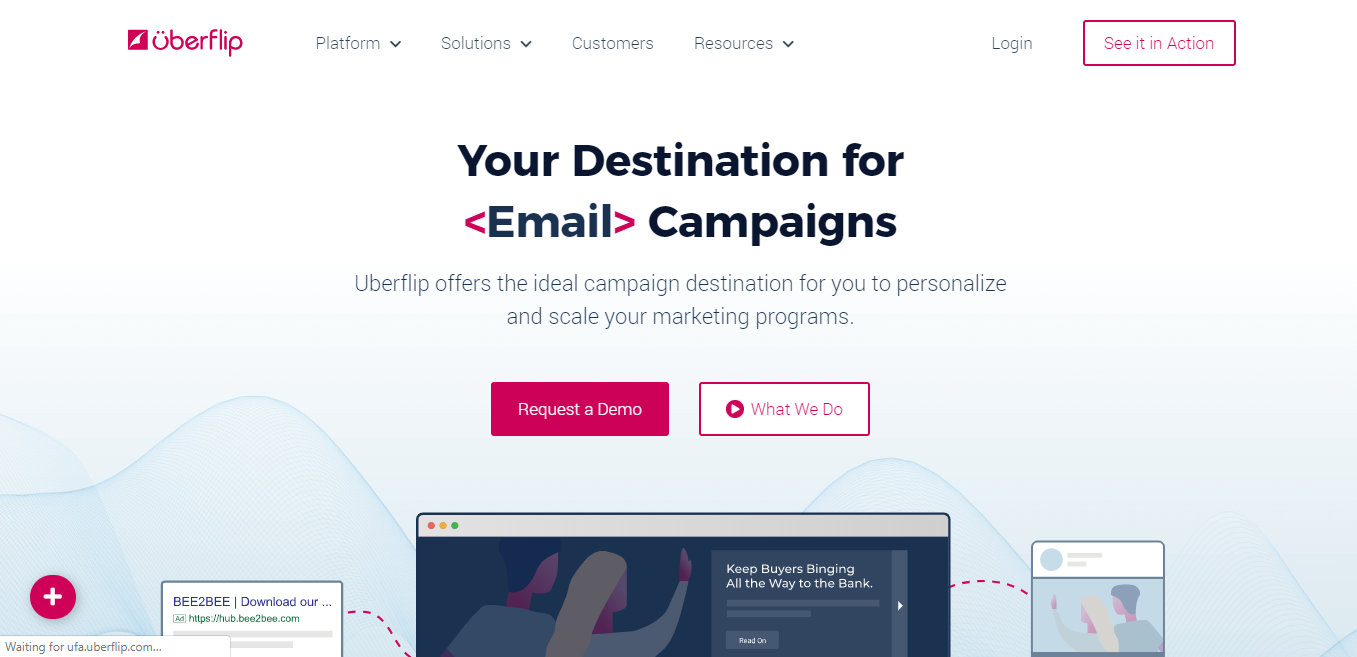Now, for you and your sales team, who want more leads, sales, customers, the whole she-bang – NOW – it’s very tempting to go all out, hard and heavy on your CTAs. Plaster “get in touch now!”, “buy now!”, “request a callback” all over your website, sit back and wait for those enquiries to flood in.
I hope I don’t have to tell you that not everyone who comes to your website has their wallet out and is eagerly ready to buy. Inbound marketing is all about better understanding your funnel – and which stage of the buyer’s journey your prospective customers are at. They may be engaging with your website at the very top of the funnel – i.e. they’re experiencing the symptoms of a problem, but they haven’t given that problem a name yet.
They are often not ready to buy your product or your service straight off the bat. They need their hand-holding a bit. This is where soft call-to-actions come in.
What is a soft-call-action?
A soft CTA is a “less-invasive” action for visitors to take. Rather than going whole-hog and committing to making an enquiry or getting a quote, they can perform another action first which will allow them to discover more about your brand and your solution.
Here’s an example from marketing automation software heavy hitters Marketo.

Ok – so there is obviously an instance here of a harder CTA – request a demo (we’ll get to this in a minute). But the massive header space is dedicated to softer CTAs – it scrolls through a range of content available for download that Marketo have produced. Whitepapers, reports and guides on marketing and digital trends all provide value for the visitor and position Marketo as an authoritative voice and solutions provider in this sector without asking the visitor to commit to a demo. Top marks.
Want another example? Sure, I’m feeling generous.
For this example, let’s dig into how – and why – you might use a soft CTA in conjunction with a hard CTA.
Combining soft and hard CTAs
Isn’t choice just a bugger? Having to choose between two things when you can see the value in each – which film to watch on Netflix, whether to exercise or order a pizza, including a hard CTA (like request or demo) or a soft one (like download a report).
Well, what if I told you didn’t have to choose? Go for a run THEN order a pizza. Watch both films on Netflix. Have both a hard and soft CTA on the page.
What you’re doing when you’re combining hard and soft CTAs on a page is actually giving more power to the user – you’re giving them the choice. You don’t have to worry about scaring them off with an invasive, commitment-heavy CTA like requesting a demo, but you also don’t have to trade off conversion or engagement.
Let’s look at an example from Uberflip. On their homepage, they’re presenting the user with two CTA options – they can request a demo if they feel ready, but they can also click to watch a video about the platform if they’d like to find out more first.

This way, you’re catering for users wherever they are in the funnel – you’re offering a commitment-free, engaging piece of content that tells the user more about your tool and your brand. And should they watch the video and think “yeah, this is for me” – they can request a demo by clicking the button right next to it. Smart, right?
Another thing to note here is the technique they’ve used to subtly emphasise the harder CTA vs the softer one – known as “CTA ghosting”. You can find out more about this here, but it’s essentially using colour and design to display both CTAs but highlighting the one you want to push more users towards. It’s a nifty little trick and handy when you want to display multiple CTAs.
Why use soft call-to-actions? – Summing up
I’ve pretty much covered throughout the post why you would want to use a soft CTA. But to sum up – presenting visitors to your website with a softer call-to-action gives them the choice to engage with your content at their own pace. You’re still giving them a next step – a reason to stay in your orbit and continue to engage with your brand, but it’s a next step that doesn’t feel like a massive commitment. It’s the perfect way to nudge them in the right direction without scaring them off with something they’re not ready for.
Need some more guidance on CTAs, conversion or inbound marketing in general? Get in touch to chat to one of our experts.


